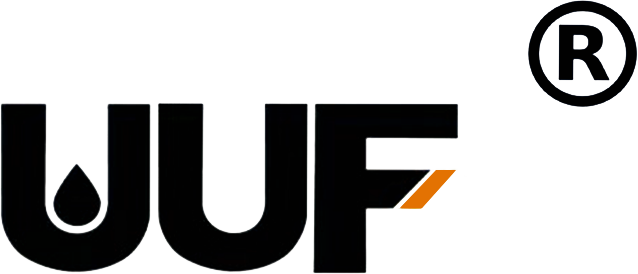Material composition of automobile oil seal
Time:
2022-07-28
The commonly used rubber material for automobile oil seals is nitrile rubber.Nitrile rubber can be said to be a commonly used rubber material because of its low cost and wide range of uses.In the daily manufacture of oil seals, different rubber materials will be selected according to the different sealing media (use environment or occasion), usually silicone rubber, fluorine rubber, polytetrafluoroethylene, polypropylene rubber and so on.
The commonly used rubber material for automobile oil seals is nitrile rubber.Nitrile rubber can be said to be a commonly used rubber material because of its low cost and wide range of uses.In the daily manufacture of oil seals, different rubber materials will be selected according to the different sealing media (use environment or occasion), usually silicone rubber, fluorine rubber, polytetrafluoroethylene, polypropylene rubber and so on.
1. Nitrile rubber
Nitrile rubber (which is obtained by emulsion polymerization of butadiene and acrylonitrile) has poor cold resistance and relatively good heat resistance; wear resistance increases with the increase of acrylonitrile content, good water resistance and good oil resistance. It is a widely used rubber in the sealing industry.
2. Silicone rubber
Silicone rubber has excellent weather resistance and poor alkali resistance. Its wear resistance is weak and its tensile strength is low, so it is generally not used for dynamic sealing. Its high temperature resistance is only lower than that of fluorine rubber, but its low temperature resistance is the best among rubber materials.
3. Fluorine rubber
Fluorine rubber has good oil resistance and poor cold resistance. Fluorine rubber is a very stable and balanced one of all rubbers. It is also a good high temperature resistant rubber in the rubber industry, and the price is relatively expensive. It has good wear resistance and can be applied to dynamic sealed environments.
4. Acrylate rubber
Acrylate rubber has excellent oil resistance at high temperatures, but poor cold resistance and water resistance; wear resistance is not as good as polyurethane rubber; it has stable performance in lubricants containing phosphorus, sulfur, and chlorine additives.
5. Butyl rubber
Butyl rubber has good weather resistance, but it is not resistant to water, ozone and chemical corrosion. It has poor self-viscosity and mutual viscosity, and poor compatibility. It should not be used with the same material. It can only be used in combination with ethylene-propylene rubber and polyethylene.
6. Ethylene-propylene rubber
The aging resistance of ethylene-propylene rubber is very good. It also has good weather resistance and water resistance, and has high chemical stability. However, its oil resistance is also very poor, and it is the same as butyl rubber. Poor self-viscosity and mutual viscosity.
7. PTFE
Polytetrafluoroethylene is resistant to strong acids and alkalis, high temperature and low temperature resistance, and good weather resistance; in solid materials, it has a low coefficient of friction, low surface tension, high lubrication and strong non-adhesion.However, its radiation resistance is poor, it will degrade after being exposed to high-energy radiation, and it is less elastic than other rubbers.
Keyword:
rubber
Previous
Previous


















